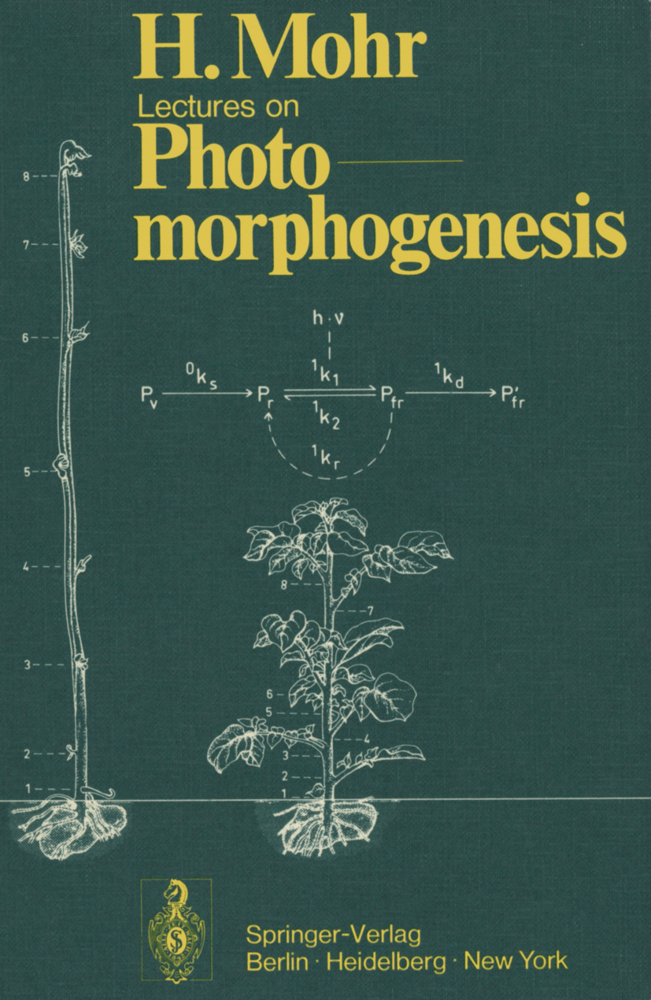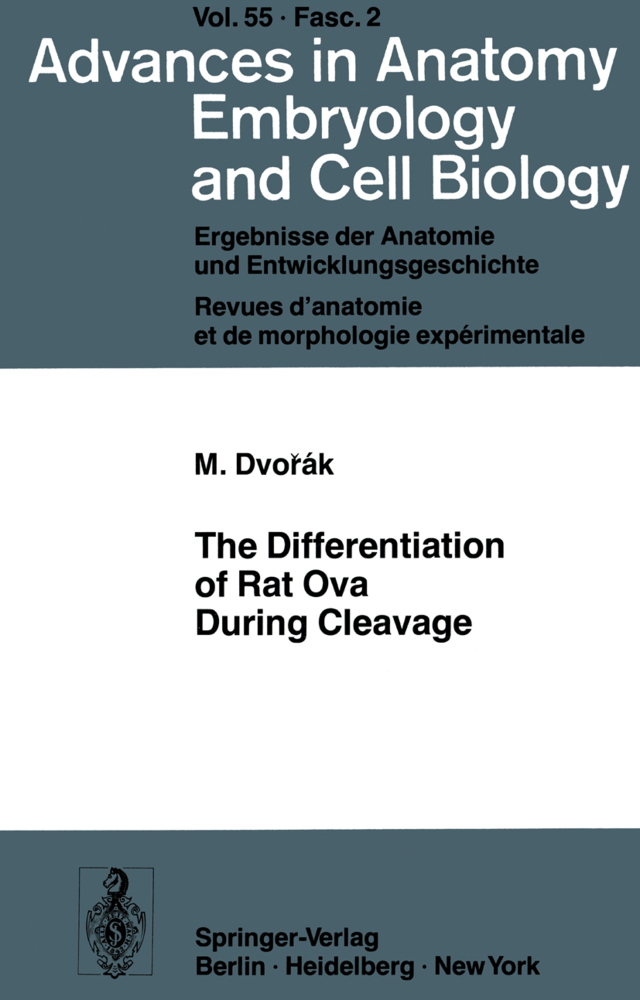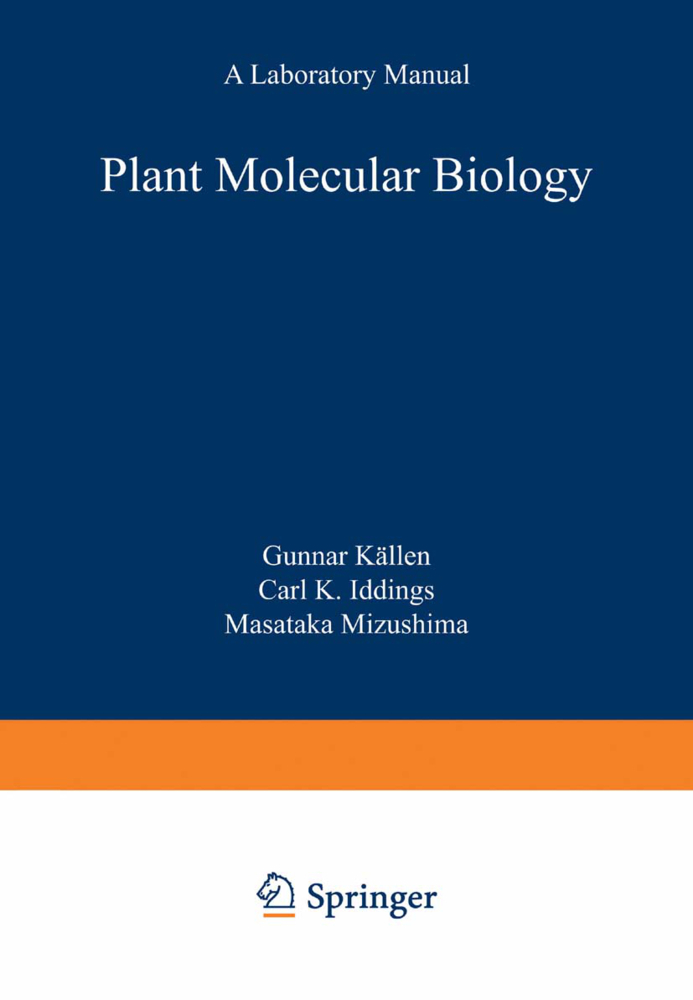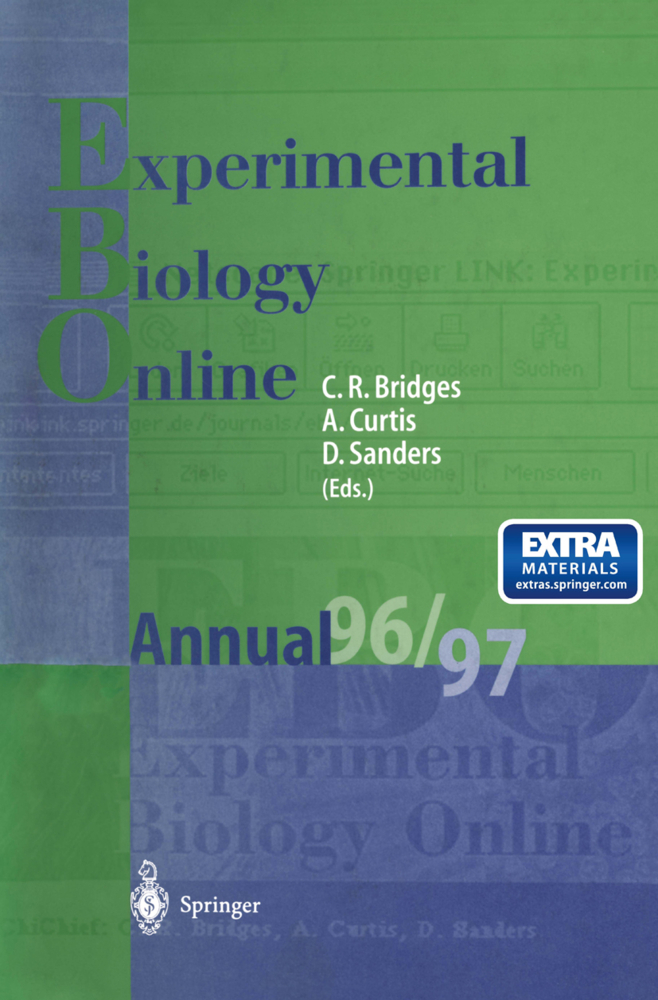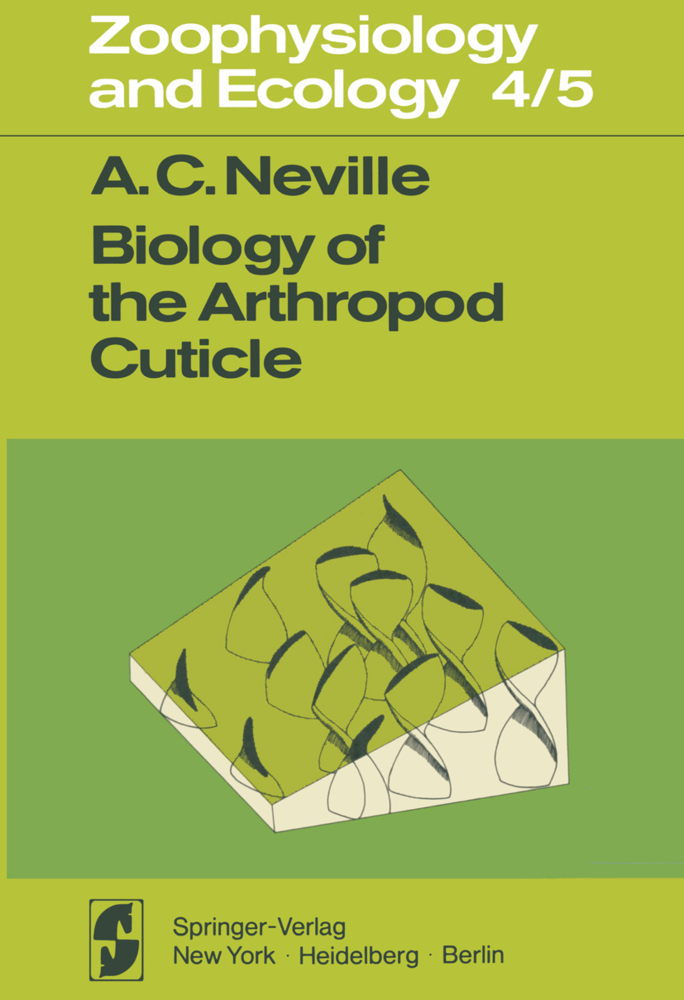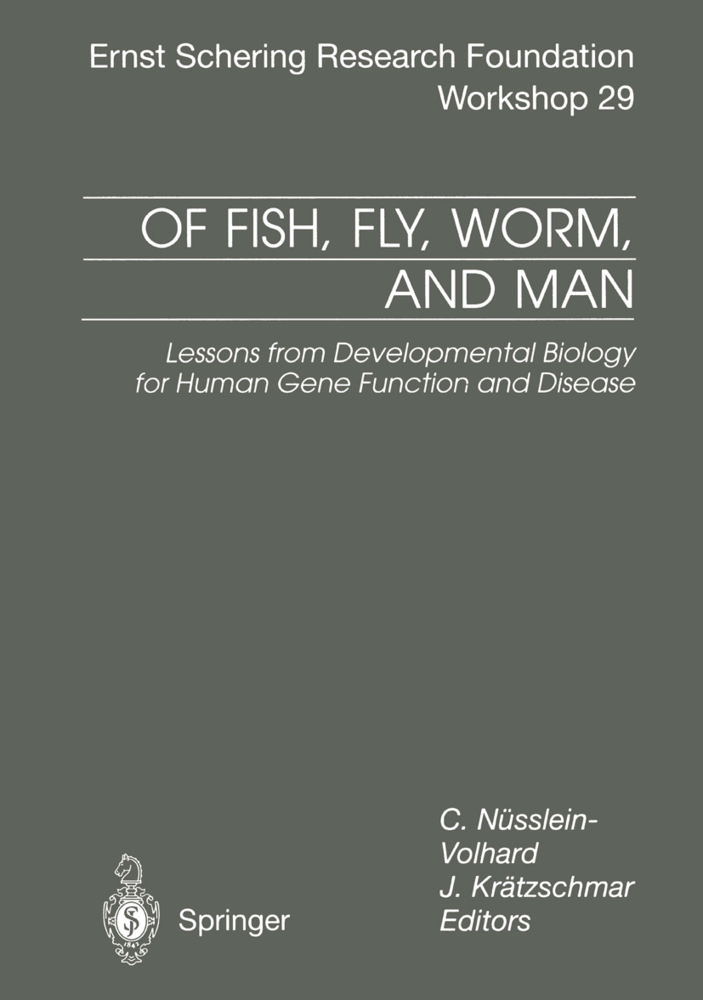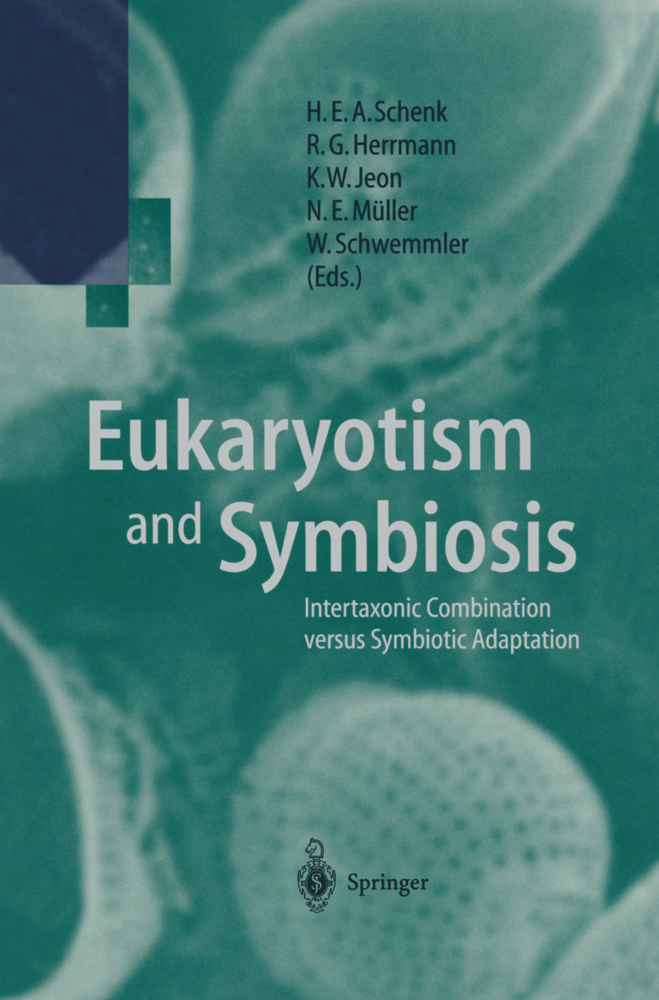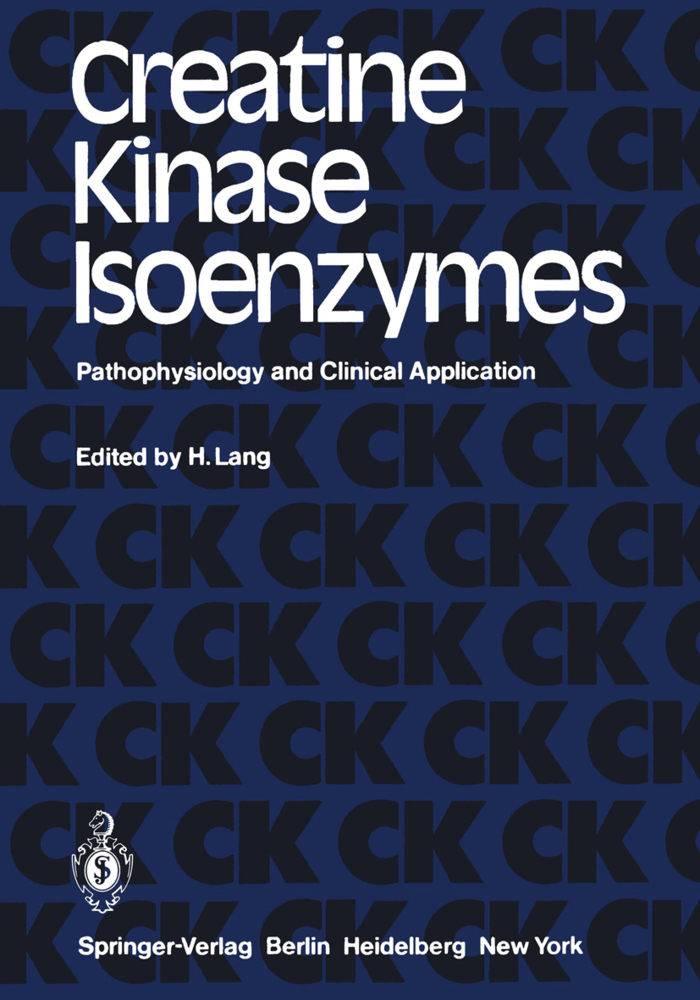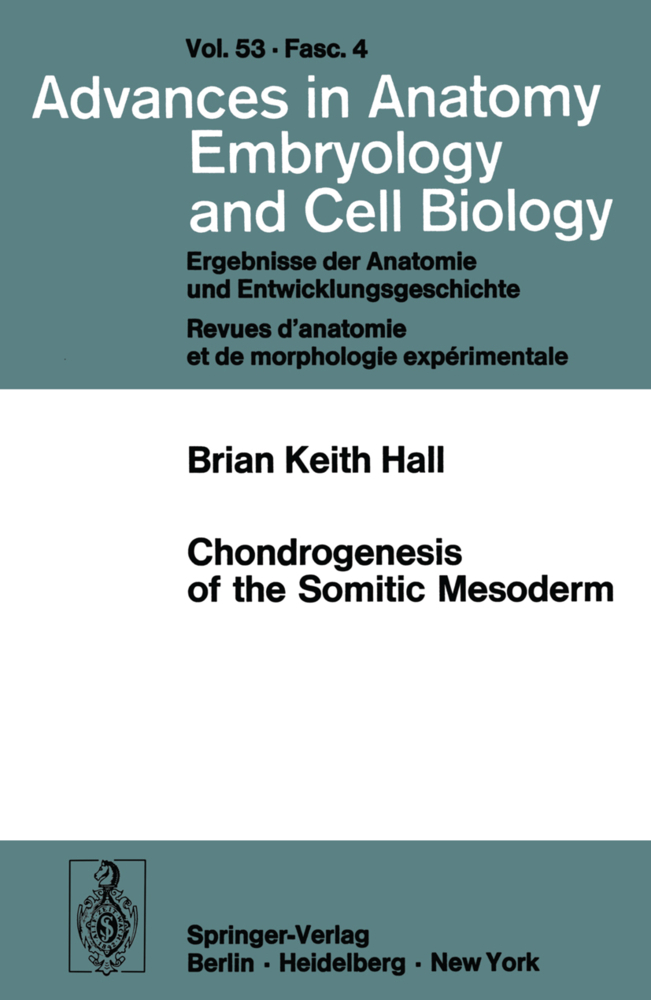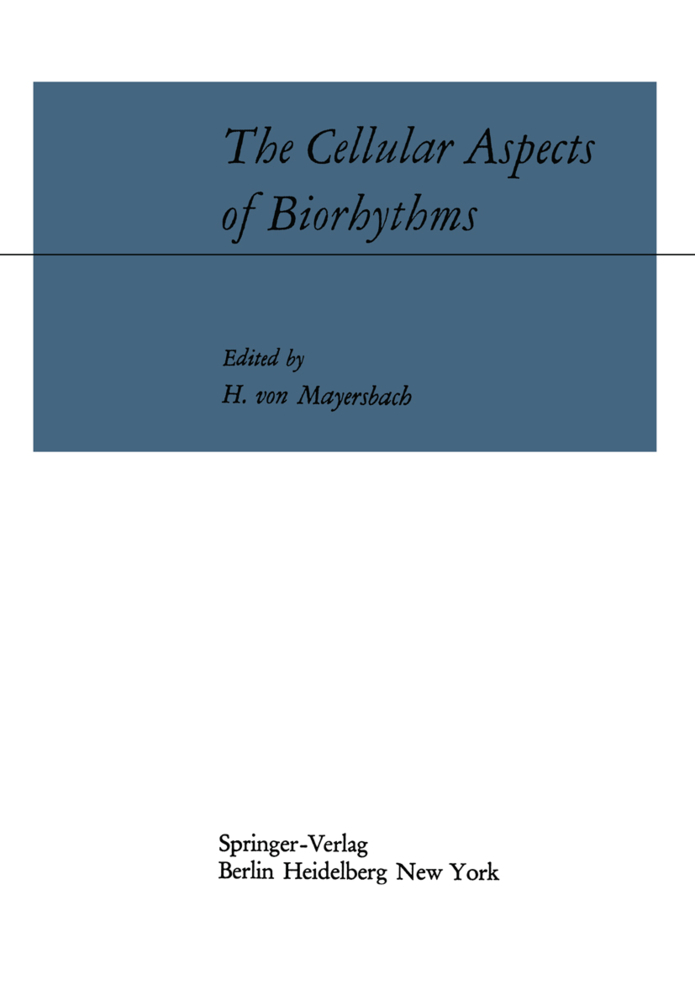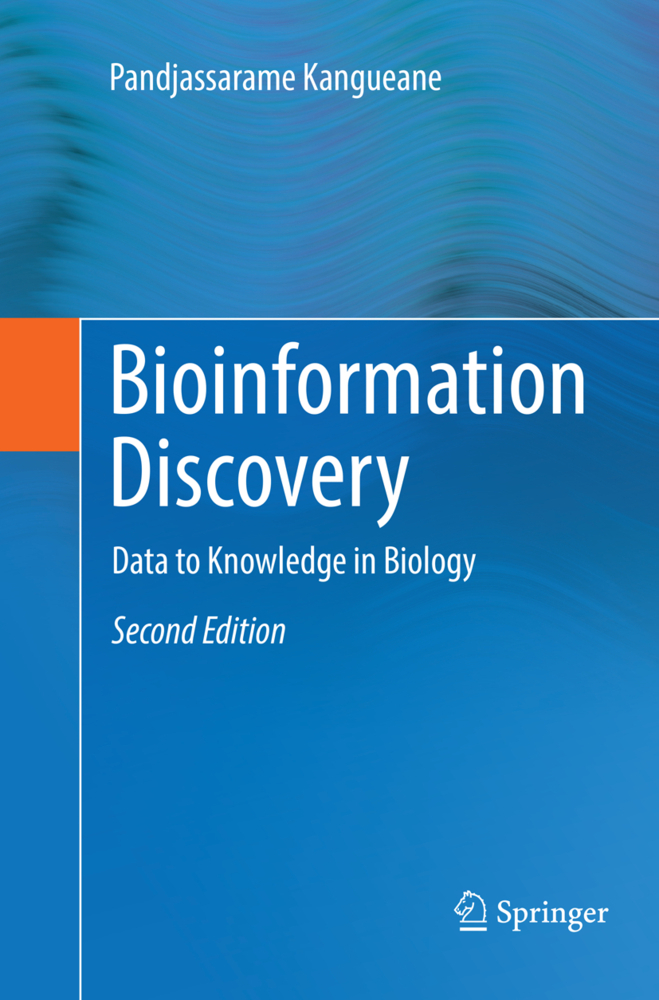Lectures on Photomorphogenesis
Lectures on Photomorphogenesis
The discovery of the reversible red far-red control of plant growth and development and the subsequent in vivo identification and isolation of the photoreceptor pigment, phyto chrome, constitutes one of the great achievements in modern biology. It was primarily a group of investigators at the Plant Industry Station, Beltsville, Mary land, headed by the botanist H.A. BORTHWICK and the physical chemist S.B. HENDRICKS, who made the basic discoveries and developed a theoretical framework on which the current progress in the field of phytochrome is still largely based. While the earlier development of the phytochrome concept has been covered by a num ber of excellent articles by the original investigators [104,105,33,238] as well as by others who joined the field of phytochrome research later [72, 109, 219], a comprehensive and up-to-date treatment of photomorphogenesis is not available at present. Since it seems to be needed for teaching as well as for researchers I have tried to summarize the present state of the field, reviewing the historical aspects of the phytochrome story only insofar as they are required to understand the present situation. The emphasis of my treatment will be on developmental physiology ("photomorphogenesis") rather than on phytochrome per se.
3rd Lecture: Intracellular Localization of Phytochrome
4th Lecture: Induction Experiments Versus Steady State Experiments; the Problem of the "High Irradiance Response" (HIR)
5th Lecture: Phytochrome and the Diversity of Photoresponses; "Positive" and "Negative" Photoresponses; a Unifying Hypothesis
6th Lecture: Phytochrome-mediated Enzyme Induction
7th Lecture: Enzyme Repression, Mediated by Phytochrome through a Threshold Mechanism
8th Lecture: Phytochrome-mediated Modulation of Metabolic Steady States and of Photonastic Movements
9th Lecture: Control of Longitudinal Growth by Phytochrome
10th Lecture: Modulation of Hypocotyl Longitudinal Growth by Pfr (ground state) through a Threshold Mechanism
11th Lecture: The Problem of the Primary Reaction of Phytochrome
12th Lecture: Interaction between Phytochrome and Hormones
13th Lecture: The Double Function of Phytochrome in Mediating Anthocyanin and Enzyme Synthesis
14th Lecture: Repression of Lipoxygenase Synthesis by Pfr: The Problem of Primary and Secondary Differentiation
15th Lecture: Light-mediated Flavonoid Synthesis: A Biochemical Model System of Differentiation
16th Lecture: Control of Distinct Enzymes (PAL, AO) in Different Organs of a Plant (Mustard Seedling)
17th Lecture: Energetics of Morphogenesis
18th Lecture: Control of Plastogenesis by Phytochrome
19th Lecture: Phytochrome and Flower Initiation
20th Lecture: Phytochrome and Seed Germination
21st Lecture: Examples of Blue-light-mediated Photomorphogenesis
22nd Lecture: The Problem of Phototropism
23rd Lecture:Genes and Environment
24th Lecture: Epilogue: Science and Responsibility
Literature Cited.
1st Lecture: Phenomenology of Photomorphogenesis; the Goals of Photomorphogenic Research; the Operational Criteria for the Involvement of Phytochrome
2nd Lecture: Some Properties of Phytochrome3rd Lecture: Intracellular Localization of Phytochrome
4th Lecture: Induction Experiments Versus Steady State Experiments; the Problem of the "High Irradiance Response" (HIR)
5th Lecture: Phytochrome and the Diversity of Photoresponses; "Positive" and "Negative" Photoresponses; a Unifying Hypothesis
6th Lecture: Phytochrome-mediated Enzyme Induction
7th Lecture: Enzyme Repression, Mediated by Phytochrome through a Threshold Mechanism
8th Lecture: Phytochrome-mediated Modulation of Metabolic Steady States and of Photonastic Movements
9th Lecture: Control of Longitudinal Growth by Phytochrome
10th Lecture: Modulation of Hypocotyl Longitudinal Growth by Pfr (ground state) through a Threshold Mechanism
11th Lecture: The Problem of the Primary Reaction of Phytochrome
12th Lecture: Interaction between Phytochrome and Hormones
13th Lecture: The Double Function of Phytochrome in Mediating Anthocyanin and Enzyme Synthesis
14th Lecture: Repression of Lipoxygenase Synthesis by Pfr: The Problem of Primary and Secondary Differentiation
15th Lecture: Light-mediated Flavonoid Synthesis: A Biochemical Model System of Differentiation
16th Lecture: Control of Distinct Enzymes (PAL, AO) in Different Organs of a Plant (Mustard Seedling)
17th Lecture: Energetics of Morphogenesis
18th Lecture: Control of Plastogenesis by Phytochrome
19th Lecture: Phytochrome and Flower Initiation
20th Lecture: Phytochrome and Seed Germination
21st Lecture: Examples of Blue-light-mediated Photomorphogenesis
22nd Lecture: The Problem of Phototropism
23rd Lecture:Genes and Environment
24th Lecture: Epilogue: Science and Responsibility
Literature Cited.
Mohr, Hans
| ISBN | 978-3-540-05879-3 |
|---|---|
| Medientyp | Buch |
| Copyrightjahr | 1972 |
| Verlag | Springer, Berlin |
| Umfang | XII, 240 Seiten |
| Sprache | Englisch |

